Blueprint for genocide
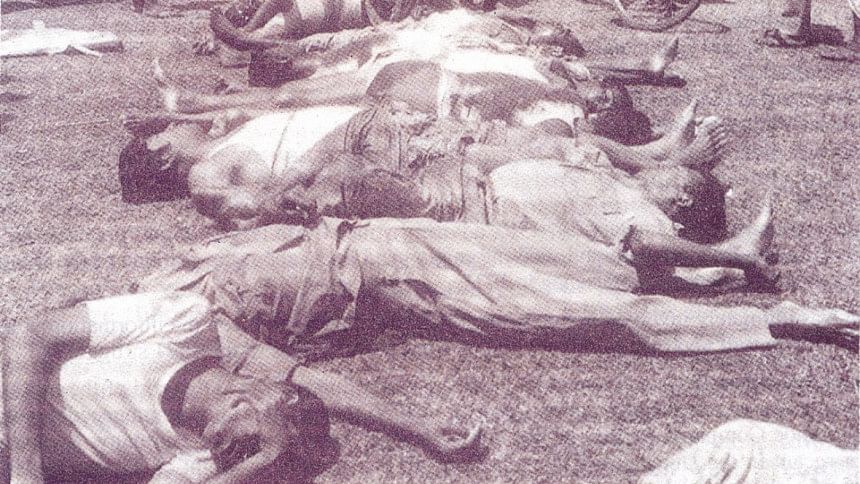
The planning and execution of genocidal brutality in history is marked by efforts to wipe out traces of such acts but surprisingly, chilling documents are always left behind. In case of the Nazi effort to achieve the "final solution" to the "problem" of European Jews, we have the Wannsee Protocol. Pakistan's plan of genocidal attack to destroy the Bangalee nationalists and Hindu population of the then Eastern Pakistan is reflected in the Operation Searchlight.
Nobody knew of the Wannsee Protocol at the time of war although information leaked out about the meeting of top Nazi officials at the Villa Wannsee in the picturesque suburb of Berlin on January 20, 1942. The minutes of the meeting, known as Protocol, was made in thirty copies, one of which was accidentally found by the prosecutors of Nuremberg trial among the folders tucked away in the German Foreign Office in March 1947, five years after the meeting was held.
Subsequently, the Wannsee Protocol became a major document of analysis and research to understand the topography of terror organised by the Nazi death machine. Despite using the language of nuances, the Protocol unmistakably reflected a plan of genocide, formulated in sober bureaucratic language. Historians are of the opinion that "Wannsee Protocol remains the most emblematic and programmatic statement of the Nazi way of genocide".
The Operation Searchlight was a hastily drawn plan with an aim Pakistani Generals had cherished for long in their mind, to achieve the final solution to the problem of Bangalee nationalism. Its predecessor was Operation Blitz, prepared on December 11, 1970, by Lt Gen Shahibzada Yaqub Khan, chief martial law administrator of East Pakistan, only four days after the national elections were held with astounding victory of Bangabandhu Sheikh Mujibur Rahman and his party Awami League. It was prepared in six numbered copies and distributed among the top generals. The plan stated, "Shock action would therefore be imperative. There should be no hesitation in using force for effect." A Pakistani brigadier recalled Yaqub stating, "We may have to give Mujib and his party men a whiff of the grapeshot, should they refuse to behave or go berserk."
But on March 1, 1971, when crisis erupted with the sudden postponement of the Constituent Assembly session, Lt Gen Shahibzada Yaqub Khan got a whiff of the grapeshot and understood that, "there cannot be any military solution, only solution to present crisis is a purely political one." But this was not acceptable to the military junta.
Subsequently, Lt Gen Yaqub resigned from his post of CMLA and was replaced by Lt Gen Tikka Khan, known as the butcher of Balochistan, who arrived in Dhaka on March 7, the day Sheikh Mujib made his unforgettable speech, calling for independence and at the same time kept the doors open for negotiated settlement.
Pak President General Yahya Khan arrived in Dhaka on March 15 to initiate discussion with Sheikh Mjuib, but they had other plan in mind. As the negotiation started, so did the preparation to achieve military solution.
On March 17, Lt Gen Tikka Khan in presence of General Abdul Hamid Khan assigned Major General Khadim Hussain Raja and Major General Rao Farman Ali to chalk out plan of all-out military attack. The plan drafted next day and christened Operation Searchlight consisted sixteen paragraphs spread over five pages. Major General Farman Ali wrote down the plan on a light blue office pad, using an ordinary school pencil. Thus the chilling document of genocidal attack was formulated, reflecting the mindset not only of two heads but that of the Pakistani military-civil oligarchy which nurtured their hatred for the Bengalis since long.
The text of Operation Searchlight came to surface six years after its formulation in 1977 when a young public relation officer of Pak Army Major Siddiq Salek published it in his memoir "Witness to Surrender". The text identified the civilian targets without any hesitation. It stated that, "Awami League action and reactions to be treated as rebellion and those who support AL or defy ML (Martial Law) action be dealt with as hostile elements." The key words depicting targets were; "Awami League" meaning "Bengali nationalists, "political and student leaders", "extremists amongst teaching staff", "cultural organizations", "Hindu houses", "Dhaka University", etc -- all of whom were civilian target. On the other hand, deception, treachery and cunningness had been proposed as a strategy. It stated, "The operation has to be launched with great cunningness, surprise, deception and speed with shock action." It also recommended that, "the President may consider the desirability of continuing the dialogue even of deceiving Mujib".
In the morning of March 25, Khadim Hussain Raja picked up his green telephone, General Tikka Khan from the other side quipped "Raja, it is tonight".
As the military preparation began, Yahya Khan left Dhaka under a cover plan in the evening. Farman and Khadim went to the Garrison Cinema to relax themselves before they plunged into the bloodbath. The rest is history.
The text of Operation Searchlight, the most important document of genocidal act, revealed by the Pakistanis themselves, need to be read and re-read, studied and analysed to learn our lessons from history.
[The writer is a war crimes researcher and Liberation War Museum trustee]

 For all latest news, follow The Daily Star's Google News channel.
For all latest news, follow The Daily Star's Google News channel. 


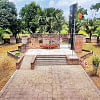

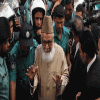
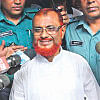

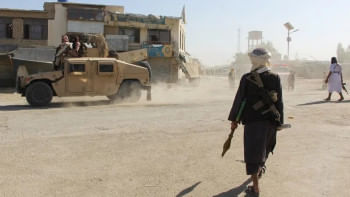
Comments